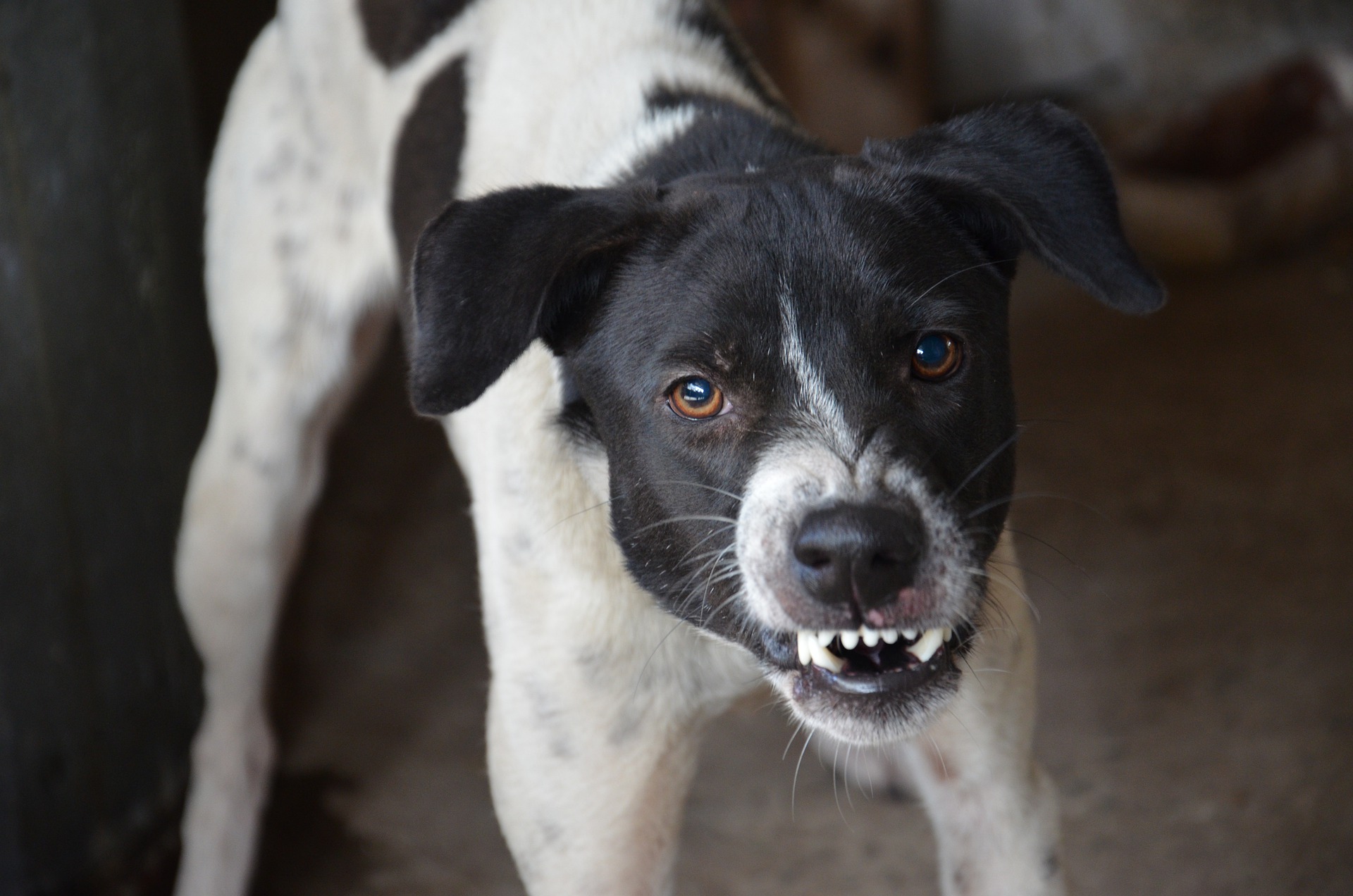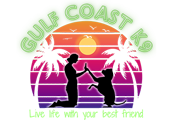Living with a reactive dog can be difficult and frustrating. You may be limited to walking only early in the morning or late at night to avoid other dogs, or you may just avoid walks altogether and instead be limited to simply running around your yard.
It’s upsetting to not be able to have other dog-parent friends over or bring your fur baby with you to an outdoor cafe. But while it’s tough, there are ways to work on reducing your dog’s reactivity.

Dealing with a Reactive Dog
A common misconception of reactivity in dogs is that it stems from a place of over-protectiveness or aggressive dominance. In reality, your dog is likely coming from a place of anxiety, stress, or discomfort. By understanding this behavior and getting to the root of what is causing their reactivity, and start training from there.
If this sounds like your dog, the situation isn’t hopeless. You’ve just got to work on a few things–remaining calm, maintaining control, and creating positive associations with situations where your dog would ordinarily be reactive. You should never yell at or smack your dog when they’re reacting negatively, nor should you become tense and pull the leash tight. Both your words and your body language have a direct effect on your pup, so if you raise your voice or become tense, it communicates to your dog that there really is something about which they should stress.
First, do your best to control your own nervousness in a situation where your dog may get reactive. They can sense how we feel, and it impacts their behavior. By staying calm, you can show your dog that there’s nothing to be afraid of. Additionally, do your best to avoid keeping tension on the leash. The backwards pull just makes your dog even more tense, and can actually contribute to causing a worse reaction.
To change your dog’s behavior in the long-term, you need to change the way your dog perceives these stressful situations. Creating positive associations by giving your pup high-reward treats can result in amazing behavior changes when done correctly. Have a friend bring over their dog. Make sure to fill a baggie with a good supply of really yummy treats to have on hand, such as chicken, turkey, or cheese. This treat should only be given to your dog in the context of would-be reactive situations–this will strengthen their association of “stranger dog is approaching…” with “but that means I get a super yummy special treat!”. With enough repetition, your dog will start looking forward to encountering dogs and sitting nicely as they walk by, because they’ll receive an excellent reward.
In a neutral space, have your friend come into sight with their dog. As soon as your pup spots the other, start giving them the treat you’ve chosen. Do this for a few seconds, then have your friend move out of sight again. Once they’re gone, stop feeding your dog the treats. Repeat this process to teach your pup that they will only get the special treats when another dog is present. Over time, get closer to your friend and their dog. Your goal is to have your dog be able to sit quietly to the side of the path, happy and focused on you and the treats, while the other dog passes.
If you have a reactive dog, call Gulf Coast K9 Dog Training. We can help you to train your dog and gain a more peaceful and serene home life for everyone.




